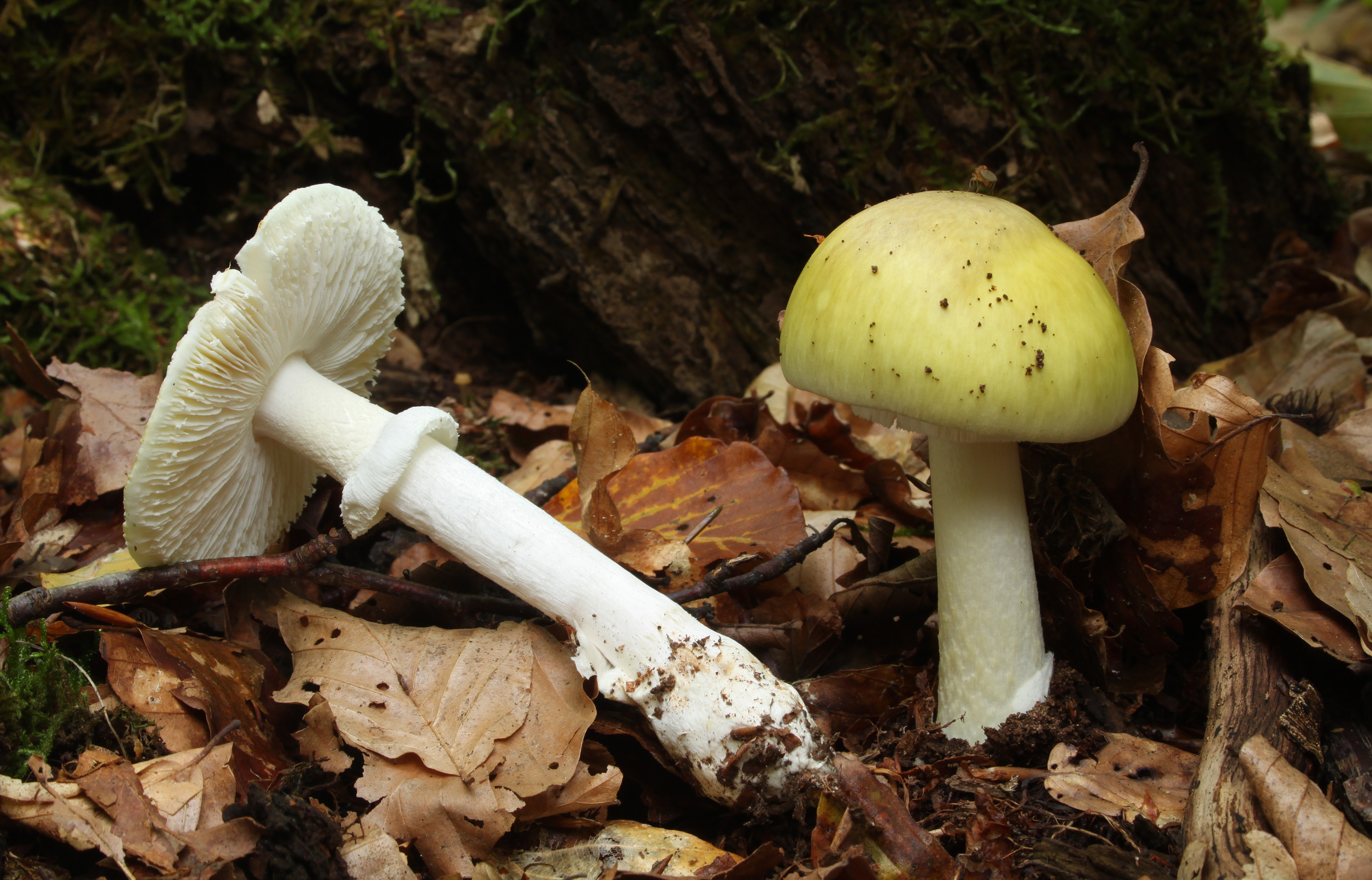Media release
From:
2. Pharmacology: A potential antidote for death cap mushroom poisoning
The US Food and Drug Administration approved diagnostic substance indocyanine green reduces the toxicity of α-amanitin, a toxin produced by the world’s most poisonous mushroom — the death cap — in human cell lines and mice, according to a Nature Communications paper. The findings suggest that this substance could present a potential antidote treatment for death cap poisoning in humans, which are responsible for over 90% of mushroom-related deaths worldwide.
Mushroom poisoning is the main cause of mortality in food poisoning incidents worldwide. In China alone, almost 40,000 illnesses and 788 deaths were reported between 2010–2020. α-amanitin is the main toxin produced by the death cap mushroom and causes high rates of irreparable liver or kidney damage and mortality following consumption. Despite its lethal effects, the exact molecular mechanisms of α-amanitin’s toxicity remain unclear, and no specific antidote is currently available.
Qiaoping Wang and colleagues used genome-wide CRISPR screening to identify molecular targets for α-amanitin and found that the protein STT3B, a key component of the N-glycan biosynthesis pathway involved in protein folding and trafficking in a large number of biological recognition events, is required for α-amanitin toxicity. Using a virtual drug screening, they identified indocyanine green as an inhibitor of STT3B that may prevent liver toxicity. Indocyanine green was also found to increase the probability of survival of human cell lines and mice exposed to α-amanitin.
Further research is needed to understand the exact mechanisms indocyanine green uses to inhibit α-amanitin and assess its safety for use in humans. The authors also suggest that the method of combining genome-wide CRISPR screening with virtual drug screening could help to quickly identify new antidotes for other medically relevant human poisons.



 Australia; International; NSW
Australia; International; NSW



